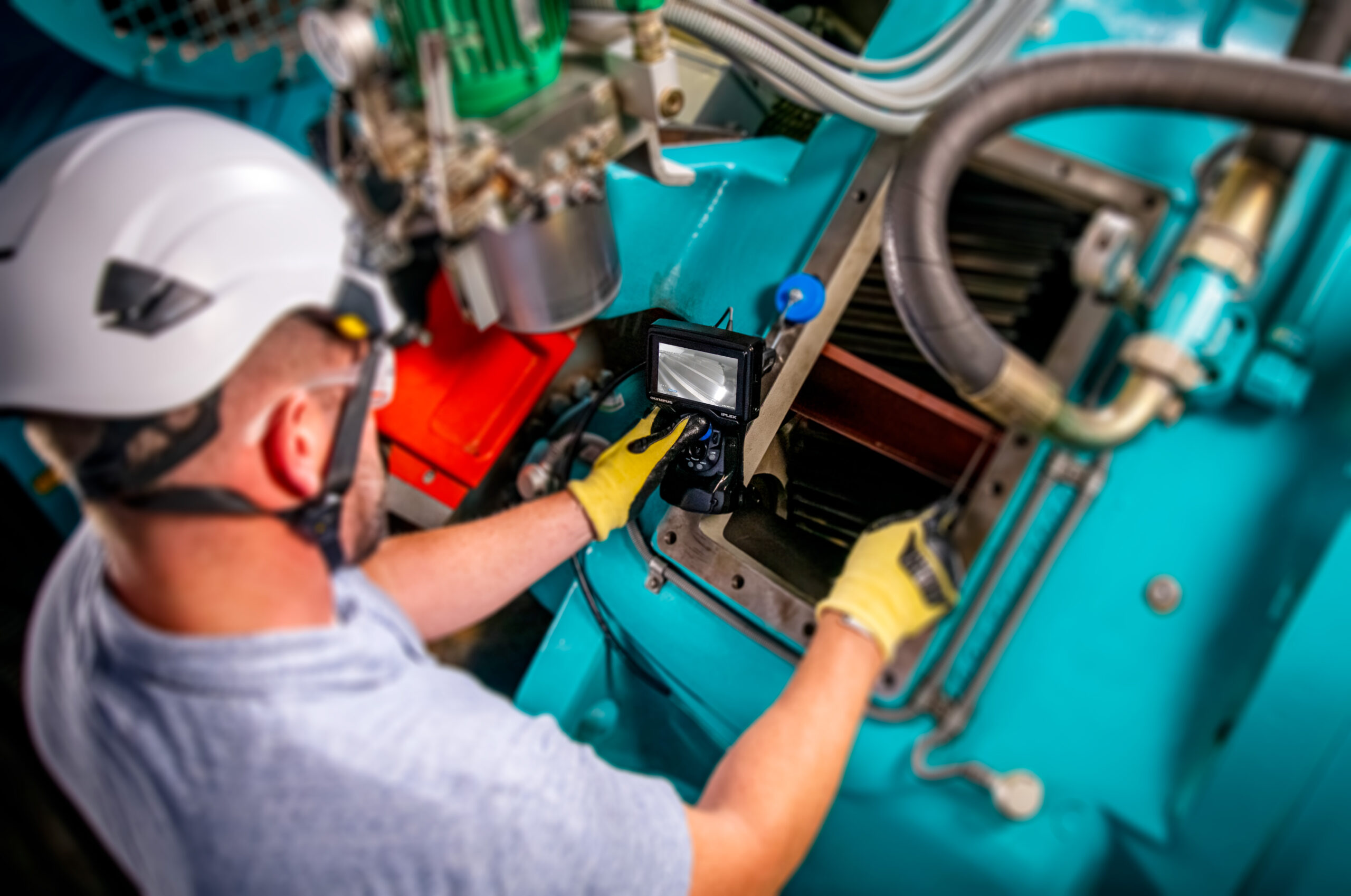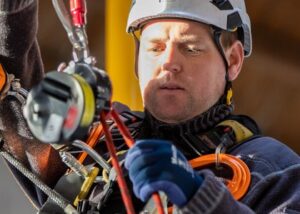Ensuring Safe and Effective Wind Turbine Operation: Monitoring, Troubleshooting, and Maintenance
Wind turbines are vital components in the transition to clean energy, and their reliability is paramount for continuous power generation and safety. To ensure these massive structures operate efficiently, a robust system of monitoring, troubleshooting, and maintenance is essential. Regular upkeep prevents potential failures, ensures the longevity of the turbine, and, most importantly, guarantees safety for the technicians and the environment. This article explores the types of monitoring, troubleshooting, and maintenance required for wind turbines, the common issues that can arise, and best-practice procedures for early detection and intervention.
Types of Monitoring and Equipment Used
1. SCADA (Supervisory Control and Data Acquisition) Systems
SCADA systems are a cornerstone of wind turbine monitoring. These digital systems enable real-time data collection from multiple turbines within a wind farm.
- Usage: SCADA systems monitor operational metrics such as rotor speed, power output, temperature, and wind speed.
- Benefits: The system can detect anomalies such as drops in power production or unusual vibration patterns. By analyzing trends, technicians can identify potential issues early, leading to proactive maintenance.
2. Vibration Sensors and Condition Monitoring Systems (CMS)
Vibration sensors play a crucial role in monitoring the mechanical health of a turbine.
- Usage: These sensors measure vibrations in key components like the gearbox, generator, and main bearings.
- Benefits: Abnormal vibrations often indicate wear or damage, such as bearing misalignment or gear tooth faults. CMS can alert technicians to these issues before they escalate into major mechanical failures.
3. Thermal Imaging Cameras
Thermal imaging is used to monitor the temperature of various turbine components.
- Usage: Technicians use handheld or drone-mounted thermal imaging cameras to scan for hot spots in electrical components, the gearbox, and the generator.
- Benefits: By detecting unusual heat patterns, technicians can identify potential electrical faults, friction in mechanical parts, or inadequate lubrication, allowing for timely interventions.
4. Borescope Inspection Tools
Borescopes provide a non-invasive way to inspect internal turbine components.
- Usage: These flexible cameras are inserted into the gearbox or generator to inspect for internal wear, cracks, or other signs of deterioration.
- Benefits: Spotting small issues inside the gearbox early on, such as pitting or micro-cracks, can prevent expensive repairs and downtime.
Routine Troubleshooting and Maintenance Procedures
1. Preventive Maintenance (PM)
Preventive maintenance is performed on a scheduled basis to maintain optimal turbine function and avoid unexpected breakdowns.
- Components Checked: Key areas include the gearbox, blades, electrical systems, and nacelle components.
- Activities: Lubrication of moving parts, tightening bolts, inspecting the yaw system, and verifying electrical connections.
- Best Practices: Follow the manufacturer’s recommended schedule for maintenance to keep all systems running smoothly and extend the turbine’s lifespan.
2. Predictive Maintenance (PdM)
Predictive maintenance uses data from sensors and monitoring systems to forecast when a part might fail.
- Techniques Used: Data analysis from vibration sensors and CMS helps predict potential failures. Infrared thermography and oil analysis are also used to detect degradation.
- Benefits: PdM minimizes unscheduled downtime and optimizes the timing of repairs, saving on labor costs and preventing catastrophic failures.
3. Corrective Maintenance (CM)
Corrective maintenance is carried out when a malfunction or fault is identified during monitoring or routine checks.
- Process: Technicians diagnose the issue using data from SCADA, perform in-depth inspections, and repair or replace faulty components.
- Best Practices: Addressing small issues immediately can prevent them from evolving into larger, more dangerous problems.
Common Issues and How to Address Them
1. Gearbox Failures
Problem: Gearboxes are prone to wear and tear due to their complex mechanics and continuous operation. Issues can include bearing damage, gear tooth cracks, or oil contamination.
- Solution: Regular oil analysis and borescope inspections can help detect early signs of wear. Vibration monitoring is critical for identifying misalignment or imbalance.
2. Blade Damage
Problem: Blades are exposed to harsh environmental conditions and can suffer from leading-edge erosion, cracks, or lightning strikes.
- Solution: Routine visual inspections, drone-based assessments, and acoustic emission monitoring help detect blade damage. Applying protective coatings and regular maintenance can extend blade life.
3. Electrical System Malfunctions
Problem: Electrical issues such as short circuits, overheating, or transformer failures can compromise safety and turbine operation.
- Solution: Regular thermal imaging and electrical tests identify overheating components. CoHE (Control of Hazardous Energies) training helps technicians handle electrical maintenance safely.
4. Yaw System Issues
Problem: The yaw system, which aligns the turbine with the wind, can become stuck or malfunction due to mechanical or control failures.
- Solution: Periodic checks and lubrication are essential, along with SCADA data analysis to ensure smooth operation and alignment corrections.
Best Practices for Safe and Effective Maintenance
- Regular Training: Wind technicians should receive ongoing training in troubleshooting, safety protocols, and the latest maintenance techniques. Courses such as Qualified Electrical Worker (QEW) with NFPA 70E ensure technicians can safely manage electrical hazards.
- Documented Procedures: Maintenance teams should follow standardized checklists and procedures to ensure all necessary checks are performed.
- Safety First: Adhering to safety guidelines and wearing appropriate PPE is crucial during all inspections and repairs.
- Collaboration and Communication: Technicians should share observations and findings during routine and predictive maintenance to maintain consistency and awareness.
Conclusion
Monitoring, troubleshooting, and maintaining wind turbines involve a combination of preventive, predictive, and corrective strategies, supported by advanced equipment and well-trained technicians. Regular use of SCADA systems, vibration sensors, thermal imaging, and borescope tools helps identify issues early, ensuring safe and efficient operations. By following best-practice procedures and prioritizing proactive maintenance, wind turbine technicians can minimize downtime, extend the life of turbines, and ensure continuous, safe energy production.
Interested in our combined training provisions?
Click the button to learn more




